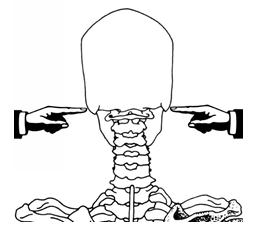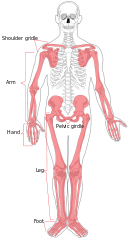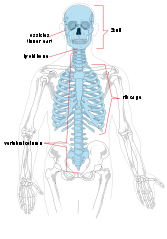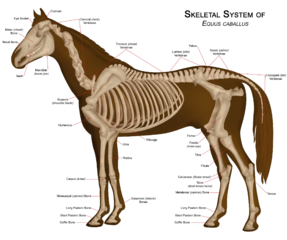This is a declaration of intent to change.
Gotta face the truth. I’m fat! Definitely time to do something about my weight.
In 2002 I was at a maximum weight and joined on-line Weight Watchers. In 2 years I slowly lost 40 pounds and learned to make better choices. Eventually I got tired of counting the “points” and having to constantly think about what I should and shouldn’t eat, so quit the program. I did maintain a 30 pound loss for many years, but over time my weight crept back up.
Stepping on my scale recently saw my 2002 year’s max weight PLUS 5 pounds!! ACK!! OK… that’s IT… my breaking point! Enough is enough. Something does need to change, as whatever the factors are that are making it more difficult to keep my weight under control are real. Medications? Stress? Grief? Lower metabolism? Is this menopause weight gain? Weight is easy to put on, while very difficult to take off. It is even more important to make better choices.
If I don’t make a plan, I’m just going to keep gaining and end up a very fat old lady unable to get off the couch. Losing weight is only going to get more difficult with my increasing age. Time to make a plan. I would like to lose enough weight to not be technically “obese”, but merely “overweight”. This means losing at least 25 pounds, which is doable and a good goal. We can revisit the goal after I make this first one, which is a large enough commitment.
I now regret eating so many holiday cookies and treats. Unfortunately my body is very good at converting extra cookie calories into fat stores for a possible future famine. I did enjoy the cookies, but am reminded of the old Weight Watcher’s motto of “Nothing feels as good as skinny feels”. I would have to go all the way back to high school when I was running on the track team to recall feeling “skinny”. Maybe my extra current weight will come in handy if the 2012 Doomsday preppers are right that the ‘End of the World’ is coming or complete economic collapse is at hand.
What’s really infuriating is that it doesn’t seem like we are eating that many bad choices. Well, except we did eat all those holiday cookies, plus my hubby came home with a box of Girl Scout cookies that I munched on. Even given my consumption of extra sugary calories, my weight has been jumping up when I am eating good choices.
Eating too much by just a few calories a day will add up, particularly at this age. That alone is enough. One extra 100 calorie slice of bread a day will be 10 pounds at the end of a year. Unfortunately I really love bread and have a bread machine! Eating 100 calories of whole wheat homemade bread is still 100 extra calories that will add up.
I know that I am not going to be able to exercise off much weight. Takes a lot of exercise to burn off an extra 100 calories. Yesterday I did quite a bit of aerobic exercise by push mowing most of the front yard. Did make me realize that I am out of shape when I was huffing. Sure tired me out.
Definitely time for the 2 humans, 2 horses, and 2 cats in this household to get on a plan to change. We all could stand to lose some weight and add in more exercise. Bottom line is that we need to start working on more calories out than calories in.
In honor of my history with Weight Watchers will make some “Zero Point” vegetable soup in my crock pot.






